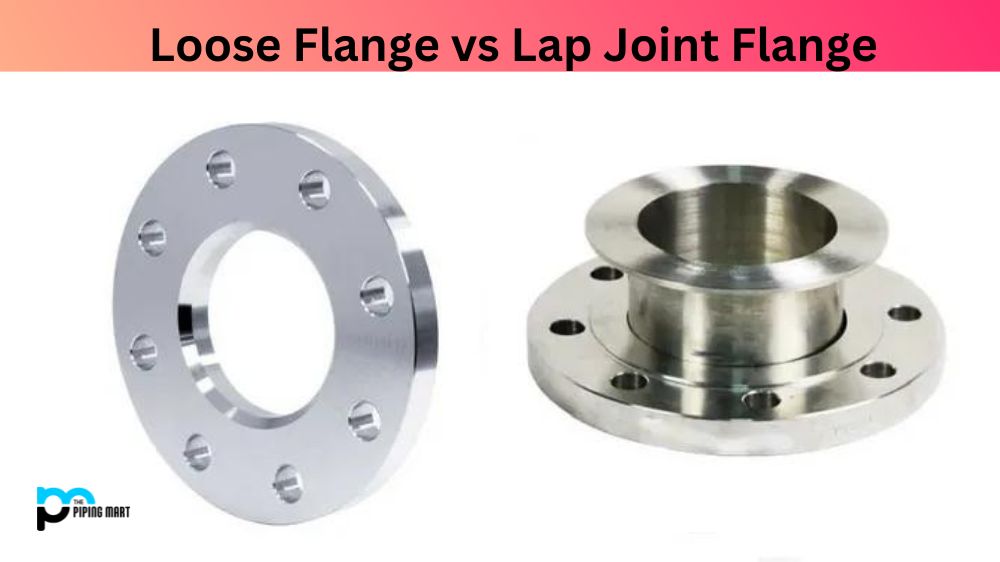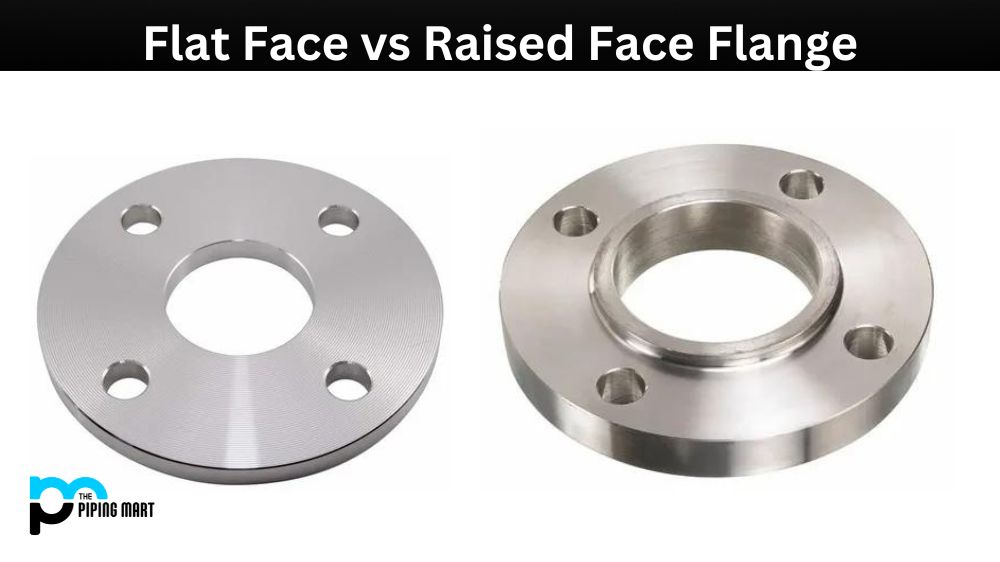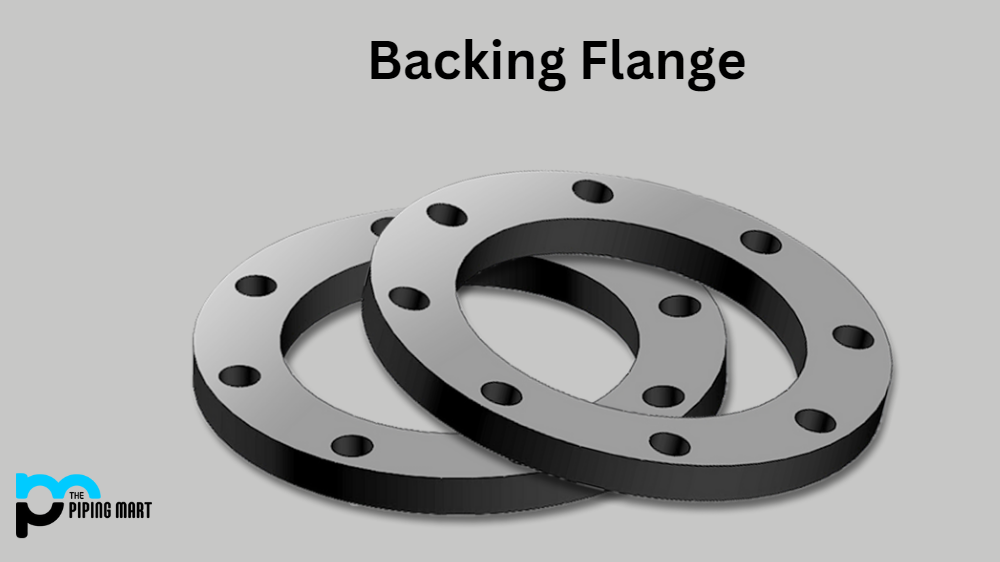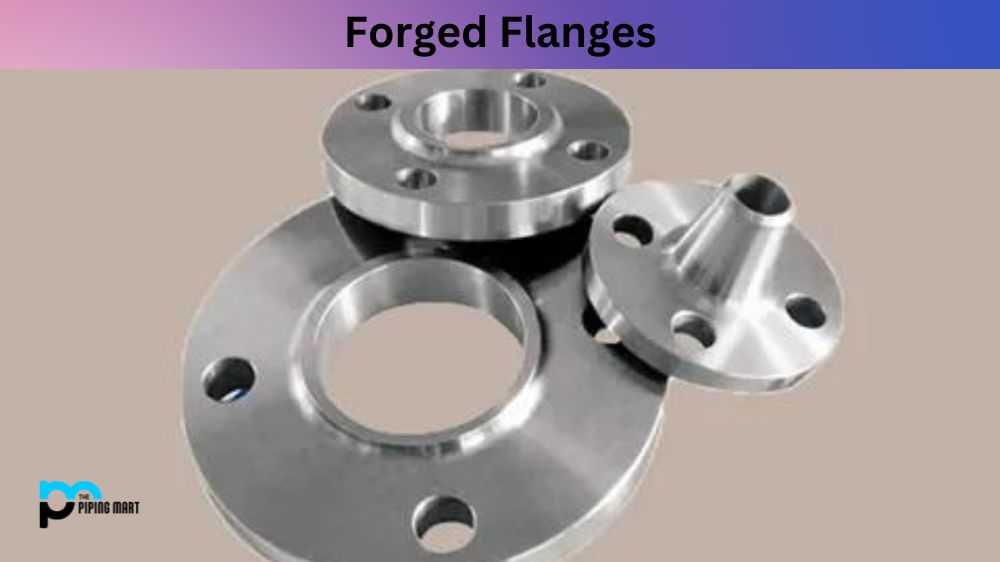Flanges play a critical role in piping systems. They connect pipes and provide a leak-proof seal. Flanges come in different types, sizes, and materials, including loose and lap joint flanges. Knowing the difference between them is essential, especially for professionals working in the piping industry. This article will provide an in-depth comparison between the two types of flanges.
What is Loose Flange?
A loose flange is a type of flange connection used in piping systems. It helps to join two pipes together and prevent leaks or the passage of contaminants into the system. It is typically made from metal or plastic and often includes gaskets for a tighter seal. Loose flanges are available in many sizes, shapes, and materials, making them an ideal choice for various industrial applications.
What is Lap Joint Flanges?
Lap joint flanges are a type of flange that uses a gasket to secure two pipes together. It consists of two components, the hub and the stub end. The hub is attached to one pipe, while the other has its matching stub end. The gasket is placed between these two pieces and secured with bolts or screws, creating a leak-proof seal for easy access or repair.
Difference Between Loose Flange and Lap Joint Flanges
Definition
Lap joint flanges have two parts: a backing flange and a stub end. The backing flange is bolted to the pipe, while the stub end forms a groove where a ring gasket is inserted. Loose flanges, on the other hand, are similar to slip-on flanges but without an internal collar. They butt weld to the pipe and do not require bolts to hold the flange.
Design
Lap joint flanges are designed to facilitate easy alignment of bolt holes during installation. They also allow movement of the stub end, which is not welded to the pipe. Loose flanges are ideal for low-pressure applications and are quick to install due to the lack of bolts. However, they provide a weaker connection than other flanges and are unsuitable for high-pressure applications.
Materials
Lap joint flanges can be made from various materials, including carbon steel, stainless steel, and exotic alloys. Depending on the design requirements, the backing flange and stub end can be of different materials. Loose flanges are typically made from carbon steel or stainless steel.
Applications
Lap joint flanges are commonly used when frequent dismantling is necessary, such as in chemical plants and petrochemical refineries. They are also suitable for low-pressure applications. Loose flanges are ideal for situations that require less maintenance and offer a quick solution for pipeline connections. They are commonly used in low-pressure pipelines and water treatment plants.
Cost
Lap joint flanges are more expensive than loose flanges due to their design and material requirements. However, their durability and ease of maintenance make them a cost-effective option for industries requiring frequent piping system dismantling. Loose flanges are cheaper due to their simple design, making them a more effective solution for low-pressure applications where cost is a significant factor.
Conclusion:
In conclusion, the choice of flange type depends on the piping system’s specific needs. Lap joint flanges are ideal for frequent dismantling, while loose flanges are suitable for low-pressure applications requiring a quick solution. Both flanges have their strengths and weaknesses, and making an informed decision is essential for successful pipeline connections. Understanding the difference between the two types of flanges is critical in avoiding costly mistakes and ensuring the proper selection of piping components for given applications.

Abhishek is a seasoned blogger and industry expert, sharing his insights and knowledge on various topics. With his research, Abhishek offers valuable insights and tips for professionals and enthusiasts. Follow him for expert advice on the latest trends and developments in the metal industry.




